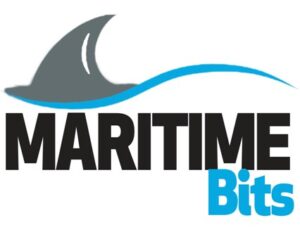David Omonibeke
It is on record that Nigeria is the largest oil producer in Africa and 11th to 15th globally depending on annual production fluctuations with estimated crude oil reserves at about 36.9 billion barrels.
The Nigeria Government established four crude oil refineries namely, Kaduna Refinery 1980 with refining capacity of 110,000 barrels per day; Warri Refinery 1978 with refining capacity of 125,000 barrels per day; old Port Harcourt Refinery 1965 with refining capacity of 60,000 barrels per day; and the new Port Harcourt Refinery 1989 with a capacity of 150,000 barrels per day. The daily total refining capacity became 445,000 barrels per day.
Nigeria refineries were exporting refined products and also meeting up with domestic consumption up till 1989 when it became difficult to export due to several factors including aging infrastructure, poor maintenance and mismanagement reducing the efficiencies of the refineries. The country had to resort into importation as a way to augment shortfall to meet domestic needs, the same year the new Port Harcourt refinery was commissioned. The life span of a typical refinery is between 30 to 50 years although some may exceed 50 years with good maintenance culture. The ages of the commissioned four refineries are as follows:
Warri is 46 years
Kaduna is 44 years
Old Port Harcourt is 59 years
New Port Harcourt is 38 years
The poor performance of these refineries defers significantly from those situated in other climes, especially the developed world. For instance, Amuay Refinery in Venezuela was in active service from 1950 to 2012 (62 years). It is on record that once one of the largest refineries in the world was severely damaged by an explosion in 2012 the incident led to its decommissioning.
In the same vein, Teesside Refinery in United Kingdom was in active service from 1966 to 2009 (43 years). The refinery owned by ICI and later by Petroplus was closed down in 2009 due to financial difficulties and a declining refining market.
Also, Shell Clyde Refinery in Australia was in active service from 1928 to 2012 (84 years). Located in Sydney, the Shell Clyde Refinery was one of the oldest in Australia. It was decommissioned in 2012 as part of Shell strategic move to focus on importing refined products.
Similarly, Marcus Hook Refinery in the United States of America (USA) was in active service from 1902 to 2011 (109 years). Located in Pennsylvania, the Marcus Hook Refinery was one of the oldest operating refineries in the USA. It was closed down in 2011 due to economic factors and declining products.
The turn around maintenance (TAM) for these four refineries in Nigeria from 1994 to 2021 are as follows:
1994 $250 million
1999 $250 million
2005 $350 million
2010 $400 million
2015 $500 million
2021 $1.5 billion
These figures represent the allocated budgets for the maintenance projects, though actual spending and results can differ. After testing and commissioning in the nearest future, the Port Harcourt Refineries are expected to refine 210,000 barrels per day at 90 percent efficiency which may attract high maintenance cost to run ultimately and expected serve for at least 30 years. Government ought to have built new refineries in green field or if location(s) are strategic then completely strip and remove old refineries and build new refineries with modern technology than upgrading obsolete system. Our scarce resources, in my opinion, were not properly utilised.
Nigerians are waiting for the commissioning of these refineries and resultant reduction in pump price of petroleum products which will directly impact in the prices of goods and services.
*David K. Omonibeke, a marine engineer,former Vice President, COREN and Executive Director, Marine and Operations, Nigerian Ports Authority (NPA) from 2012 to 2016 writes from the Bayelsa State capital, Yenagoa.











